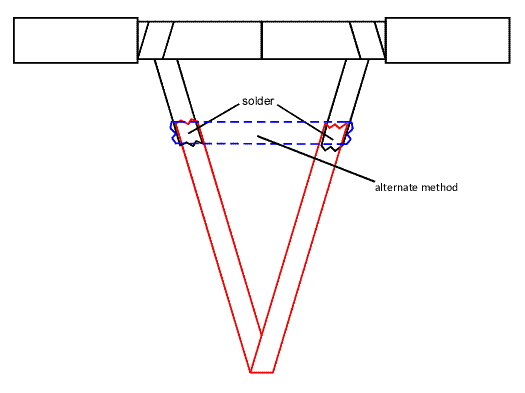weressl
Esteemed Member
well, it's 600volt cable, so if you can get the same cable, it should be fairly
straightforward.... hipress butt splices for the power leads, stagger them so
they are not all at the same point, cold shrink with 3m cold shrink, do the same
with the grounds, and then wrap half lap the whole thing with copper shielding
foil, making sure the shield is maintained. i'm assuming the existing shield is a
copper foil product, not metallized mylar or something like that. after i got it
all wrapped, get someone who knows how to solder well to solder the patch
foil to the existing foil, without harming the material underneath.
then cover the whole thing with 3m cold shrink. i'm partial to 3m cold shrink
'cause it's a proven product, used in MV cable splicing kits. it's thick, it's
moisture tight, it pulls down tight, and seals.
megger and check everything for continuity with a good ohmmeter. smile,
and light it up.
how much cable is involved here? if this is a short run, it may not be worth it,
but if it's running over the river and thru the woods in a cable tray, it'd be
worth doing it.
pick someone you've got with good hand skills to do it... if anyone near you
is a cable splicer, that'll do nicely.
Actually it is more likely a 2000V insulation. That's why I suggested to double up - at least - on the heat shrink. I would stay away from soldering though....see my suggestion in the other post.:smile:


